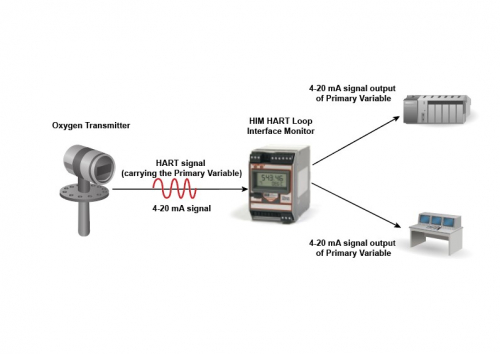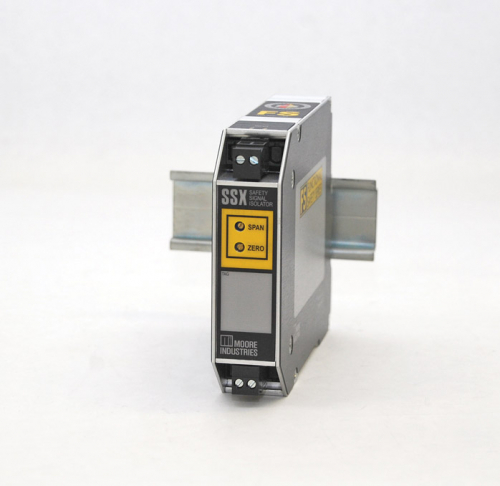 Q: Why Do I Need to Use an Isolated Measuring Circuit When Using and Ungrounded Thermocouple?
Q: Why Do I Need to Use an Isolated Measuring Circuit When Using and Ungrounded Thermocouple?
A: Let’s suppose you have a dozen thermocouples connected to a non-isolated, multiplexed measuring circuit. The TCs negative leads are all tied together at the measuring circuit and the TCs may all be installed on a process at different voltage potentials, but everything works fine because the TCs are ungrounded. The TC insulation prevents ground loops from occurring which would otherwise cause errors in the TC readings.
Thermocouples breathe and that exposes the insulating material in the thermocouple sheath to whatever is in the atmosphere. That is likely water, salts and chemical vapors and over time that often makes the insulating material conductive. Once the insulation is conductive the TCs are no longer ungrounded. The TC is exposed to one voltage potential and the measuring circuit is exposed to another and there is a conductive path between them. You now have a ground loop which caused an error in your TC measurements. Since the TC negative leads are all tied together at the multiplexer, one ground loop creates errors in all the measurements made on the circuit.
To solve this problem you have to find the thermocouple that went to ground and replace it. An ungrounded thermocouple going to ground occurs with almost as much certainty as death and taxes. We recommend thermocouples be measured with isolated measuring circuits that provide isolation to power, ground, busses, outputs and other thermocouples (on a multi-channel device). That way when the inevitable occurs and the TC goes to ground there is no ground loop and no error and no maintenance required because of the isolation at the measuring device.
Do you want more information? Download a data sheet. Or visit the catalog.
Need to get price or availability or have a technical question?
Send us a message using E-Help.







